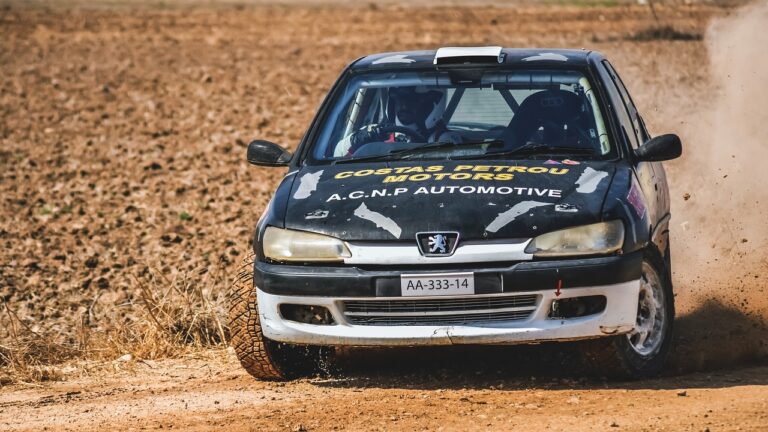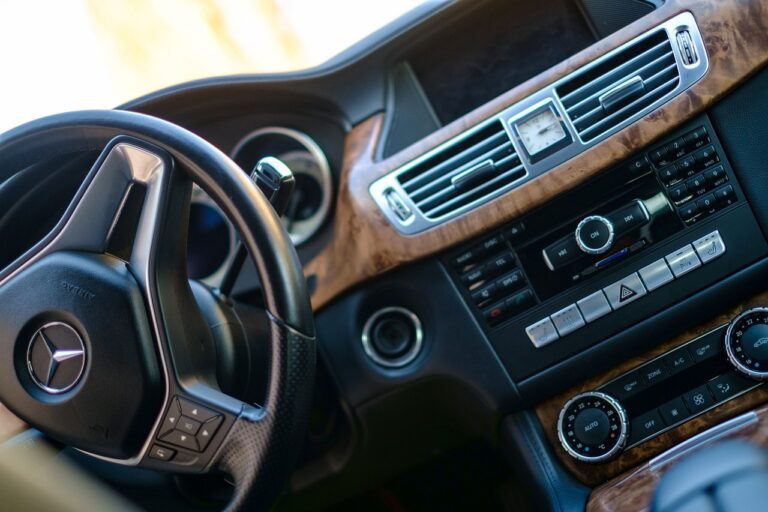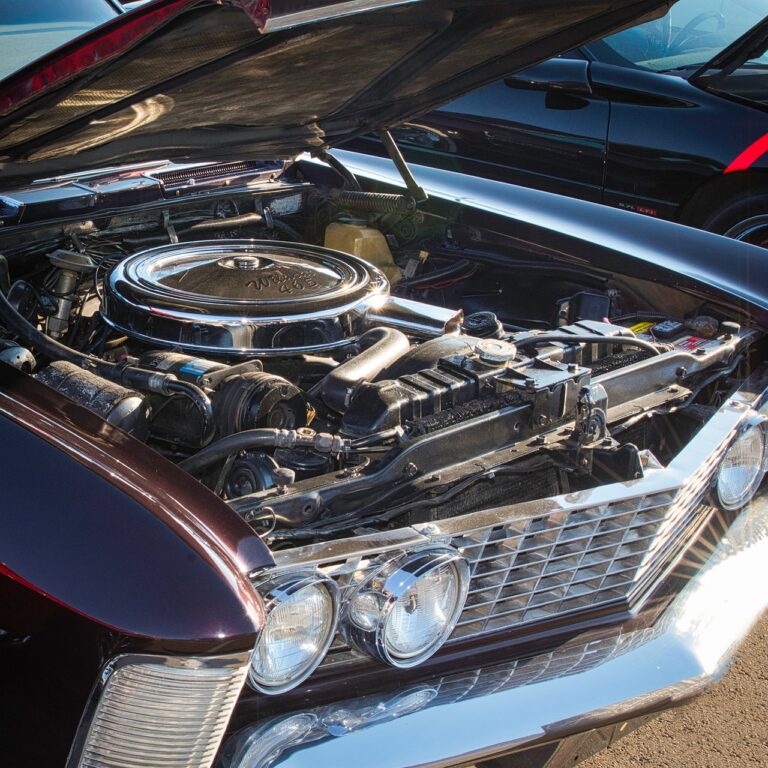The Future of Urban Air Mobility: Flying Taxis and Personal Air Vehicles
Urban Air Mobility (UAM) initiatives face a myriad of challenges that impede their successful implementation. One of the primary obstacles is the complex and crowded urban airspace, which raises safety concerns for integrating flying taxis and personal air vehicles into existing aviation systems. Coordinating the diverse fleet of UAM aircraft alongside traditional airplanes and helicopters requires meticulous planning and robust communication infrastructure to prevent potential mid-air collisions and ensure efficient operations.
Moreover, the lack of standard regulations and infrastructure for UAM poses a significant challenge for stakeholders in the industry. Policymakers and aviation authorities need to develop clear guidelines and protocols to govern the operation of flying taxis and personal air vehicles in urban areas. Without a cohesive regulatory framework, the growth of UAM technologies may be hindered, limiting their potential to revolutionize urban transportation and alleviate traffic congestion.
• Limited airspace capacity and safety concerns
• Coordinating UAM aircraft with traditional aviation systems
• Lack of standard regulations and infrastructure for UAM
• Need for clear guidelines and protocols from policymakers
• Potential hindrance to the growth of UAM technologies
Advantages of Flying Taxis and Personal Air Vehicles
Flying taxis and personal air vehicles offer a new level of convenience and efficiency in urban transportation. With the ability to bypass congested streets, these aerial vehicles can significantly reduce travel time for commuters. Imagine being able to reach your destination in a fraction of the time it would take by traditional means of transportation.
Moreover, flying taxis and personal air vehicles have the potential to revolutionize emergency response services. In situations where every second counts, these aircraft can swiftly transport medical personnel or supplies to critical locations. This speed and agility could save lives in emergencies where quick access is crucial.
Regulatory Hurdles for Air Mobility in Urban Areas
Urban air mobility faces significant regulatory hurdles in its effort to become a mainstream mode of transportation. The existing aviation regulations were primarily designed for traditional aircraft operations and do not adequately address the unique characteristics and challenges of flying taxis and personal air vehicles operating in dense urban environments. This discrepancy creates ambiguity and complexity in ensuring the safety and integration of air mobility services into existing airspace.
Moreover, the lack of standardized regulations across different jurisdictions poses a significant barrier to the widespread adoption of urban air mobility. Varying rules and requirements in different cities and countries can hinder the scalability and interoperability of air mobility services, making it challenging for companies to operate consistently and efficiently across multiple locations. As a result, achieving regulatory harmonization and alignment at both national and international levels is crucial to advancing the development and deployment of urban air mobility solutions.
What are some of the challenges of implementing urban air mobility?
Some of the challenges include infrastructure limitations, safety concerns, noise pollution, and regulatory hurdles.
What are the advantages of flying taxis and personal air vehicles in urban areas?
Flying taxis and personal air vehicles can help reduce traffic congestion, provide faster transportation options, and improve connectivity in urban areas.
What are some of the regulatory hurdles for air mobility in urban areas?
Regulatory hurdles include airspace management, safety regulations, privacy concerns, and integration with existing transportation systems.







